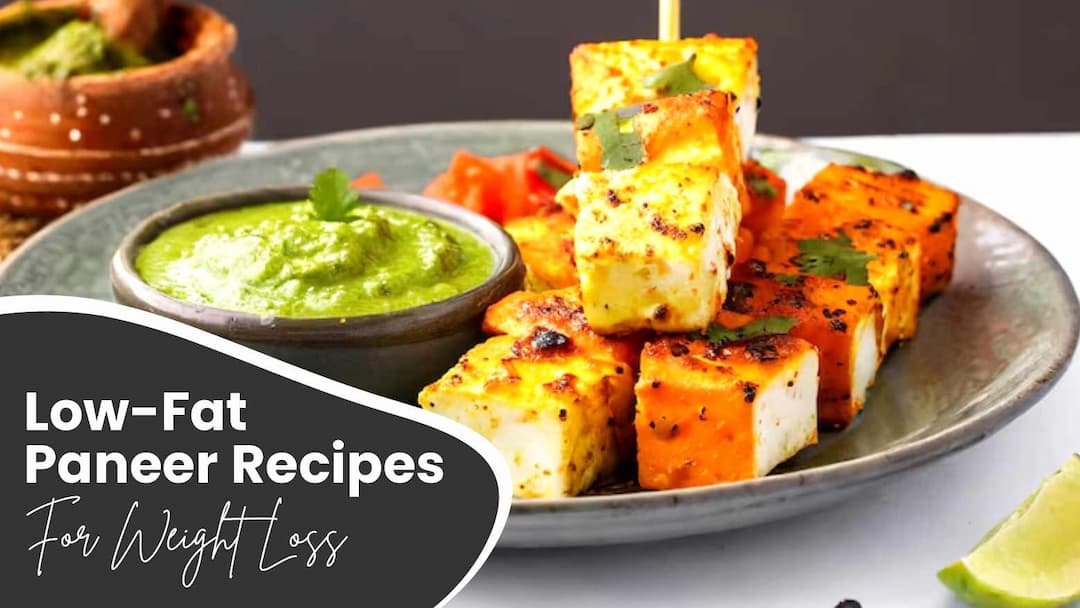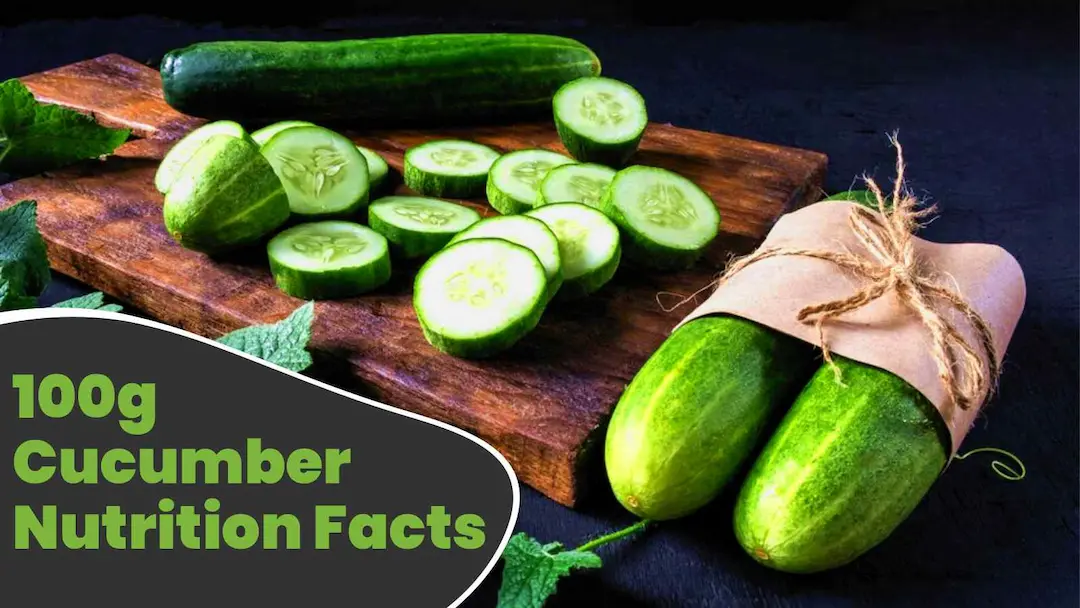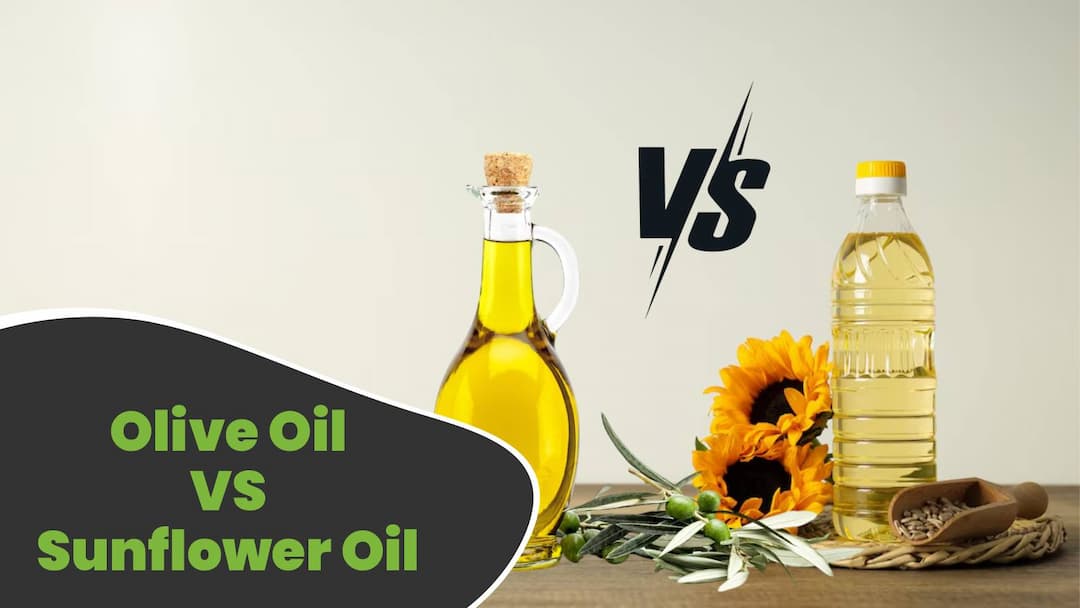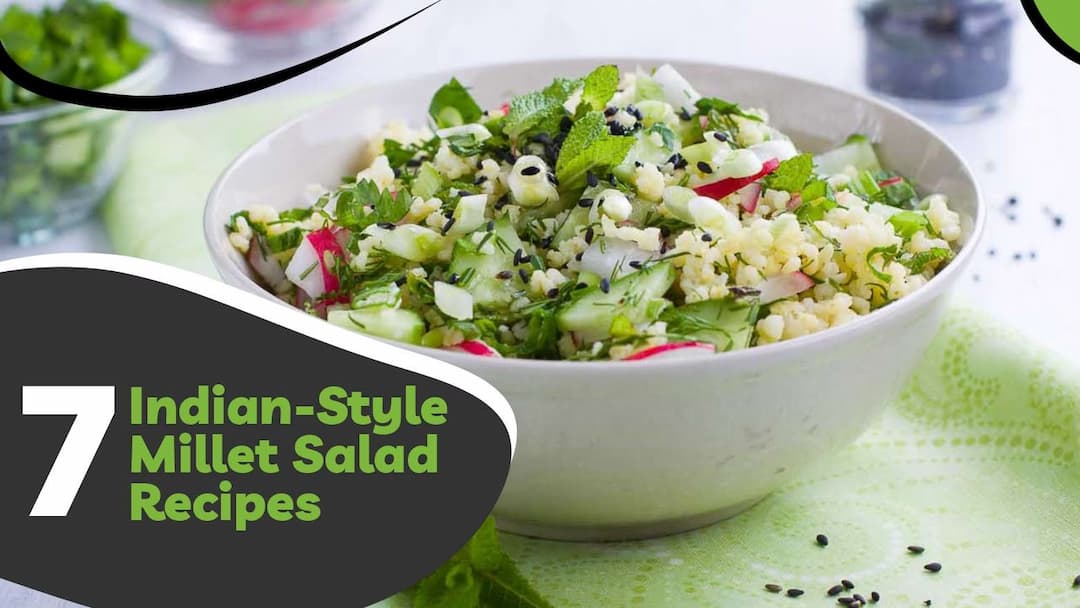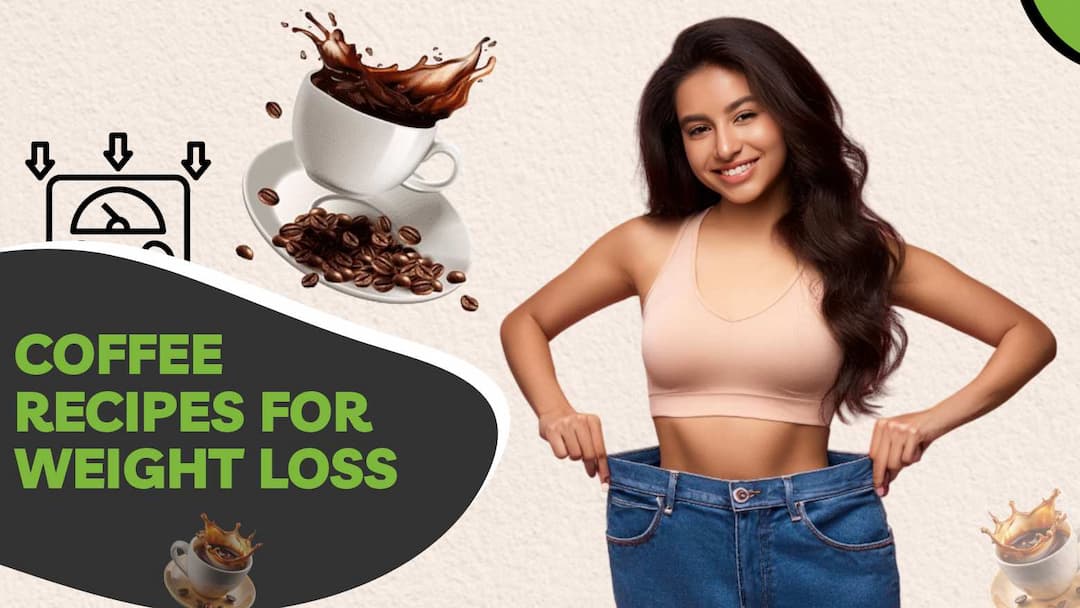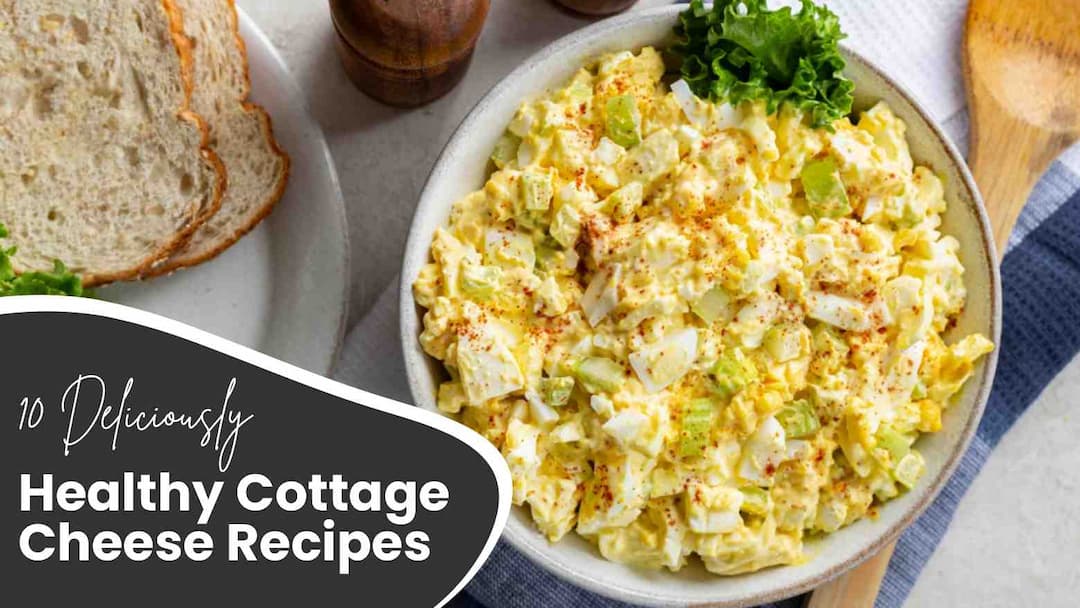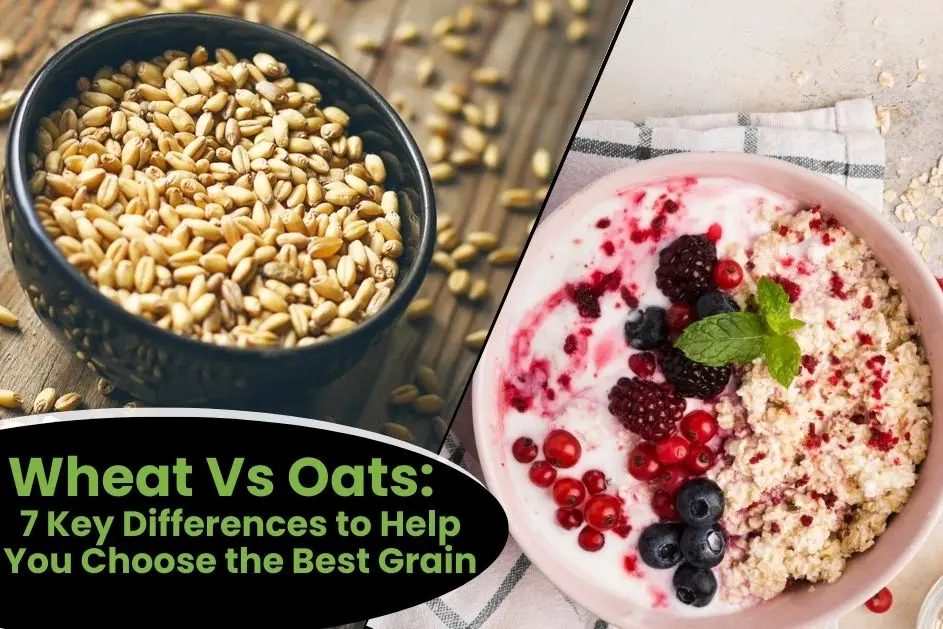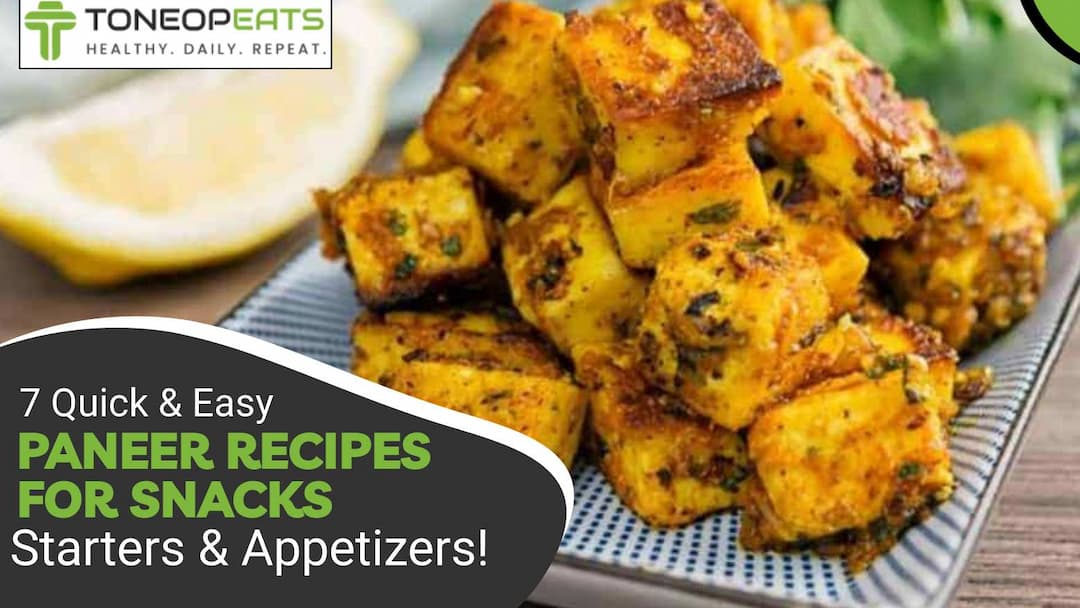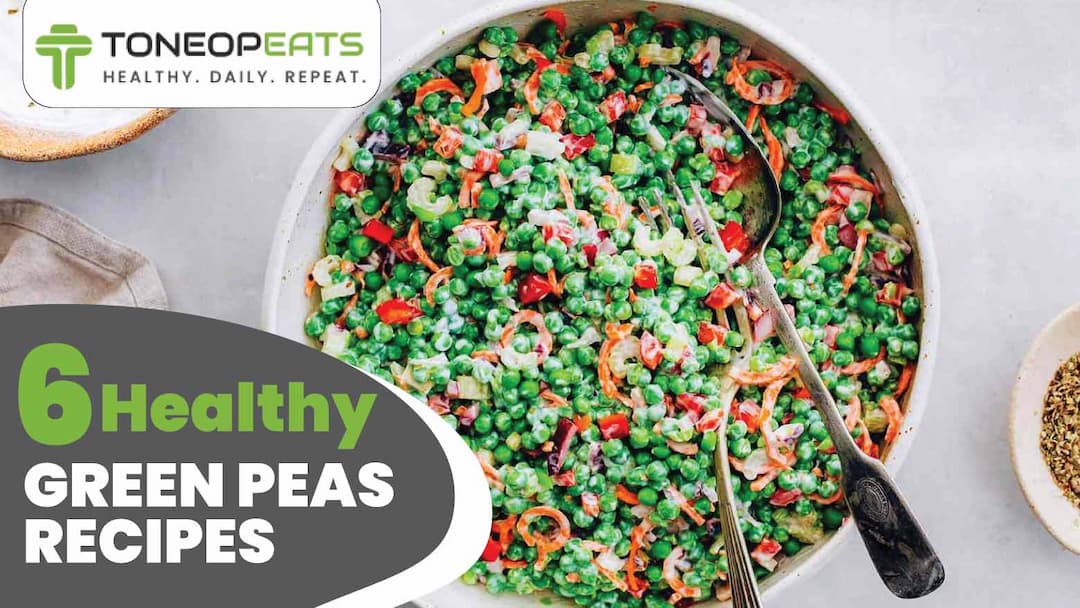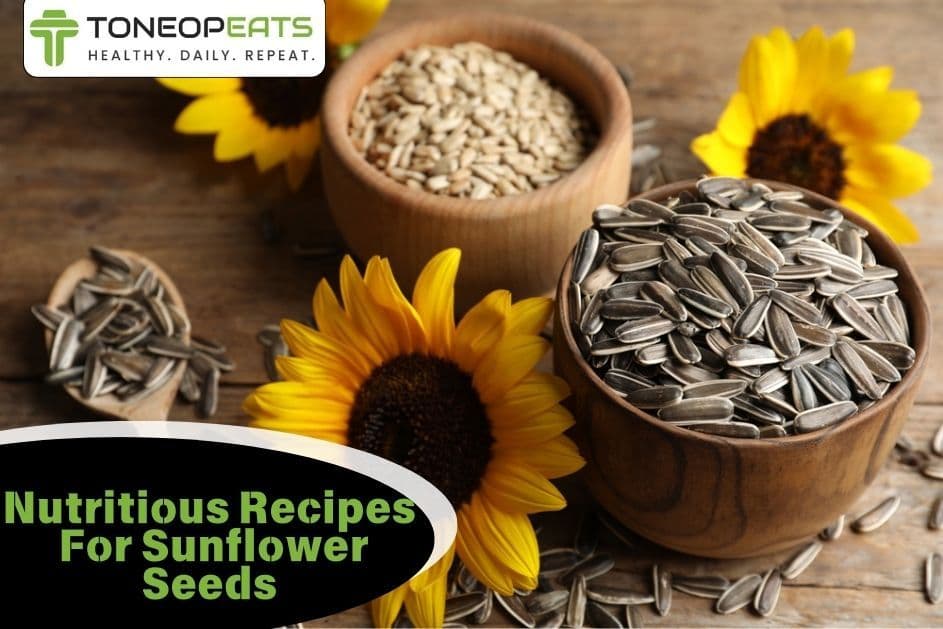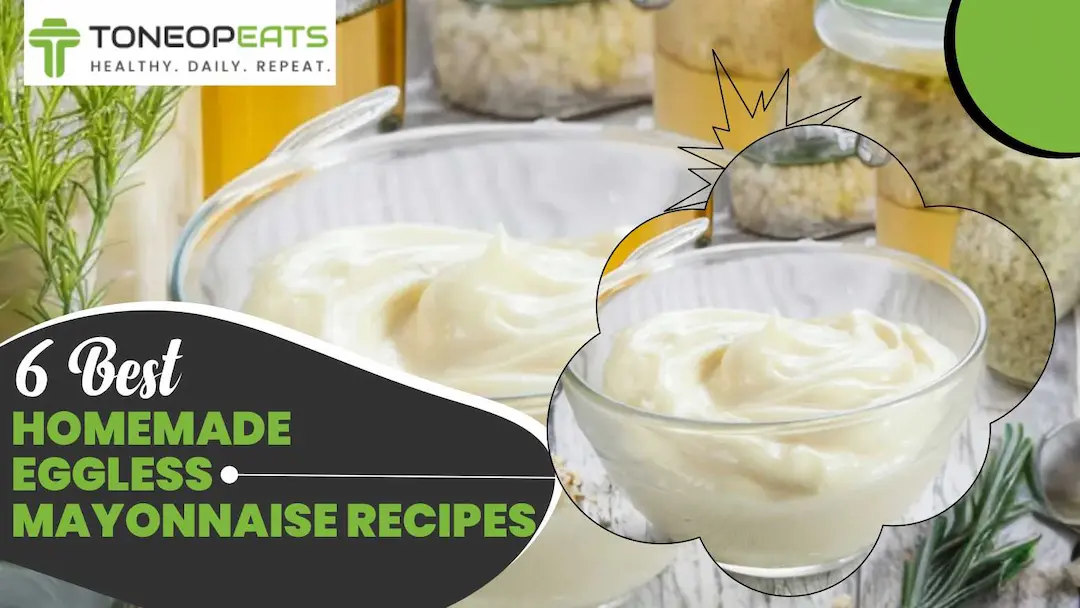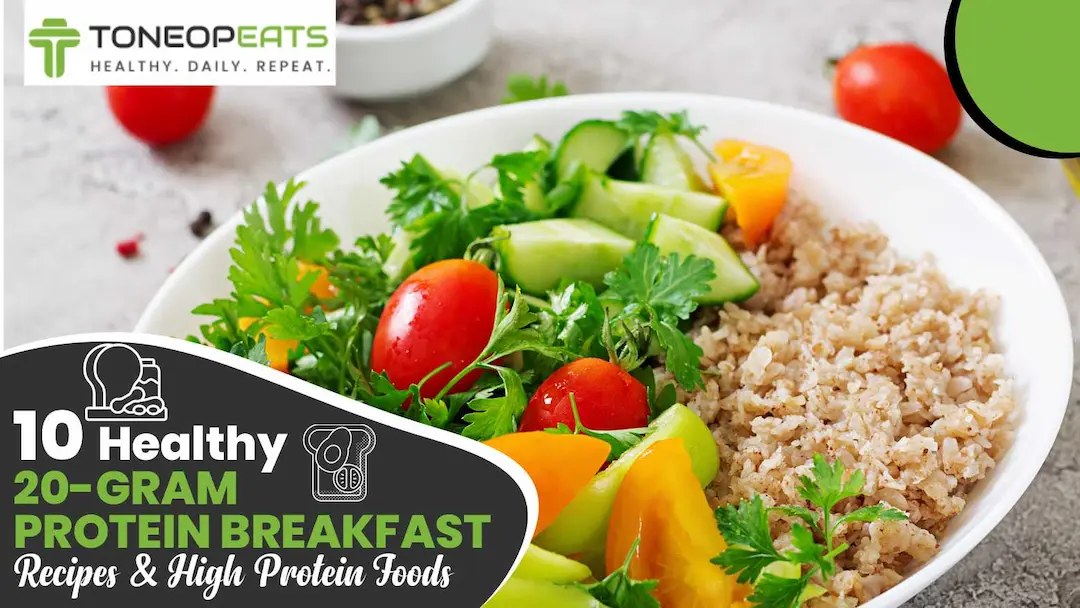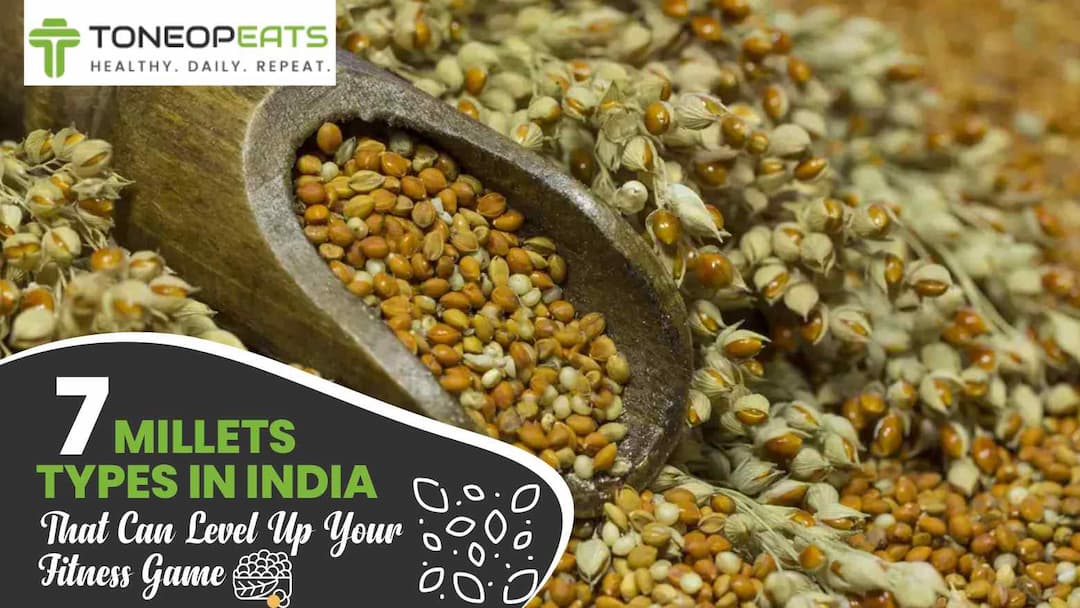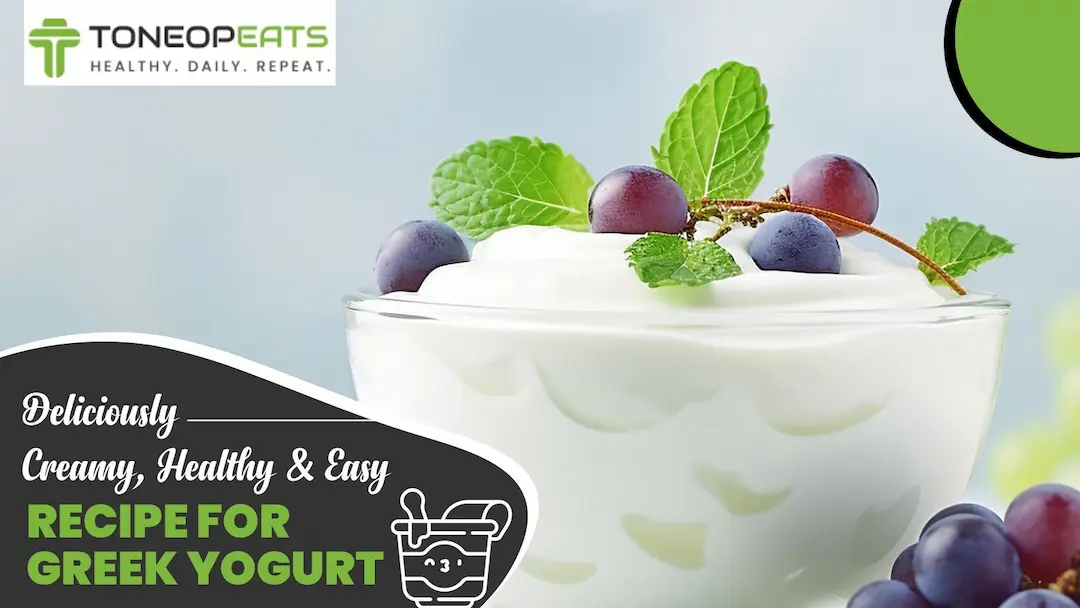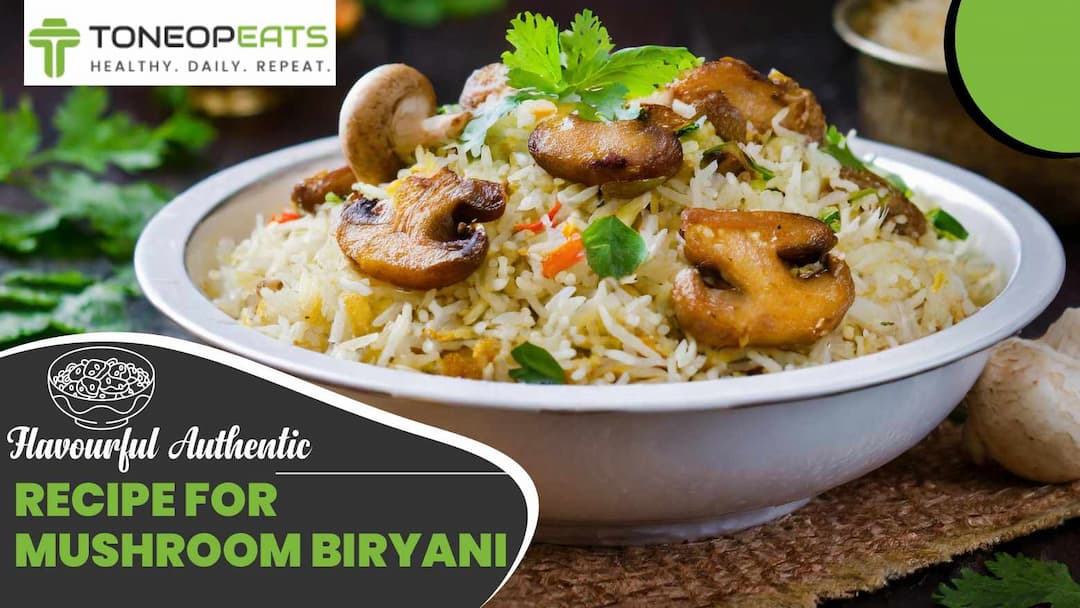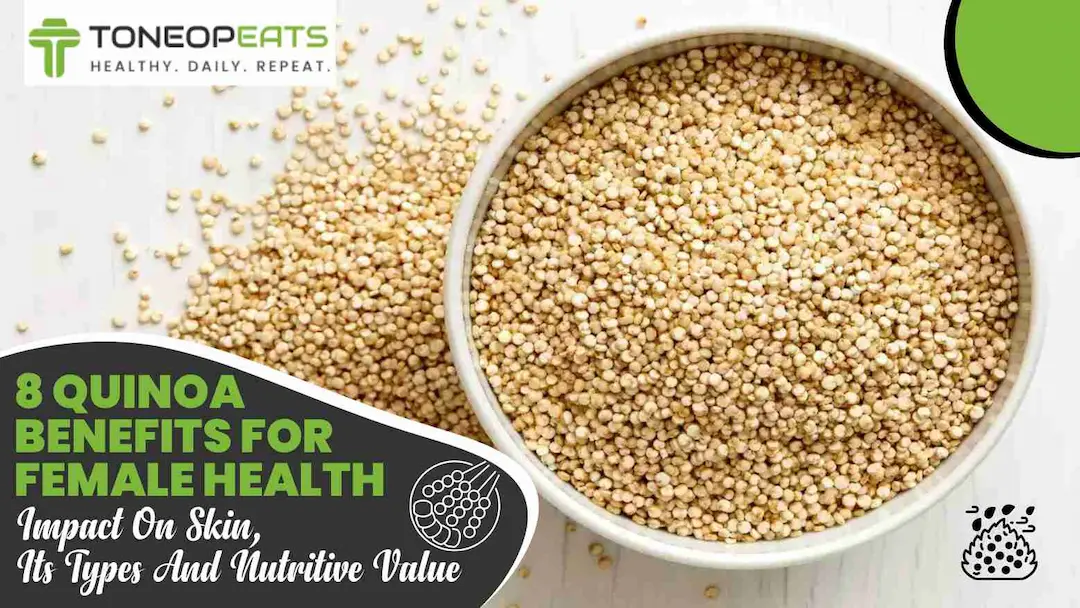Have you ever brought paneer from the market, only to find it rubbery, sour, or just not right? With rising food fraud and chemicals being added to everyday items, it’s natural to wonder—is the paneer we’re eating even real? Many people are now asking how to identify fake paneer at home, especially when it looks so similar to the genuine one.
Imagine serving a fresh homemade curry to your family, but it turns out the paneer was made with starch, detergent, or even urea! The thought itself is enough to make anyone uncomfortable. That’s why knowing how to identify fake paneer at home has become more important than ever, not just for taste, but for health too.
In this blog, we’ll take you through five reliable ways and tests you can do right in your kitchen, without any lab equipment, to spot the difference between authentic paneer and harmful fakes. So, let’s get started!
Table Of Contents
1. How To Differentiate Between Fake And Real Paneer? 5 Ways To Identify
2. Recent Fake Paneer News Highlights That Raise Concerns
3. What Is The Texture Of Fake Paneer?
4. Is Real Paneer Hard Or Soft?
5. Fake Paneer Side Effects
6. The Final Say
7. FAQs
8. References
How To Differentiate Between Fake And Real Paneer? 5 Ways To Identify

Differentiating between fake and real paneer is crucial for ensuring the health and safety of your food. Fake paneer, also known as "analogue paneer" or "synthetic paneer," is often made with cheaper ingredients like vegetable oils (especially palm oil), starch, milk powder, and sometimes even chemicals like washing soda or detergents, instead of pure milk.
Visit Toneop Eats for carefully curated, delicious and nutritious meals! Here's how to identify the difference:
1. The Touch Test - Real Vs Fake Paneer Texture
Real paneer is soft and slightly crumbly to the touch. To reap the nutritional benefits of eating paneer, it should feel moist and not rubbery or slippery. When you press it gently, it should yield slightly but hold its shape. Fake paneer often feels hard, rubbery, or excessively smooth and might fall apart easily when mashed.
- It might also exhibit an unnatural elasticity when stretched slightly.
- Cutting real paneer offers a gentle resistance, whereas fake paneer might feel more like cutting through a dense, artificial material.
- Observe if the surface appears porous and slightly uneven (real) versus uniformly smooth and almost plastic-like (fake).
2. Smell & Taste - Decoding Paneer Quality
Smell: Genuine paneer has a mild and fresh milky aroma. Fake paneer might lack any distinct smell or have an odd, oily, or chemical-like odour.
- The smell of real paneer should be clean and reminiscent of fresh milk, without any off-notes.
- If you detect a faint rancid or artificial fragrance, it's a strong indicator of adulteration or non-dairy components.
- Avoid paneer with a pungent or chemical smell altogether in healthy, quick and easy paneer recipes.
Taste: Real paneer has a mild, milky, and slightly tangy taste. Fake paneer may taste bland, oily, or even slightly bitter or soapy if it contains adulterants like detergents.
- The aftertaste of real paneer should be clean and disappear relatively quickly.
- Fake paneer might leave a lingering oily, waxy, or chemical aftertaste in your mouth.
- A soapy or bitter taste is a significant red flag and suggests the presence of harmful substances.
3. Perform A Boiling Test If Needed
Drop a piece of paneer in hot water and let it simmer for a few minutes. Real paneer will remain soft and retain its texture. Fake paneer might become very hard, rubbery, or even break apart. You might also notice an oily or soapy film on the surface of the water if it's fake.
- The water with real paneer will likely remain relatively clear, perhaps with a slight milky tinge.
- If the water becomes cloudy or develops a greasy sheen, it suggests the presence of oils or other impurities.
- Observe the paneer's edges after boiling; real paneer should remain relatively intact, while fake paneer might fray or disintegrate.
Enjoy it and sprinkle Moringa Leaf Powder from ToneOp Care on top. This vegan, gluten-free powder offers 92 nutrients and 46 antioxidants, making it beneficial for liver, kidney, heart, and lung health.
4. Try Some Simple Home Paneer Purity Checks
Heat Test: Heat a piece of paneer in a pan without oil. Real paneer will soften and might brown slightly, releasing a little whey. Fake paneer might release excessive oil or melt unevenly.
Water Test: Put a piece of paneer in a bowl of water. Real paneer will sink to the bottom and remain intact. Fake paneer containing starch or other adulterants might dissolve or break apart.
Lemon Juice Test: Crush a small piece of paneer and mix it with lemon juice or vinegar. Real paneer will slightly disintegrate due to the acid. Fake paneer might remain intact or show minimal reaction.
Oil Absorption Test: Place a piece of paneer on tissue paper and press gently. Real paneer will not leave excessive oil stains. Fake paneer, especially if made with vegetable oils, will leave noticeable oily residues.
5. Check Adulterants With Easy Chemical Tests At Home
Consider doing an Iodine Test (for Starch):
- Boil a small piece of paneer in water for 5 minutes and let it cool.
- Add a few drops of iodine tincture to the cooled paneer.
- If the paneer turns blue or black, it indicates the presence of starch, meaning it is likely fake or adulterated.
- Real paneer will not change colour.
Go for Arhar Dal/Soybean Powder Test (for Detergent/Urea):
- Boil a small piece of paneer in water and let it cool slightly.
- Add a small amount of arhar dal powder or soybean powder to the water.
- If the colour of the water or the paneer turns light red after about 10 minutes, it suggests the presence of detergent or urea, which are harmful chemicals.
- Real paneer will not cause a colour change.
Also Read: Where To Eat Healthy In Bhopal: A Local's Guide
Recent Fake Paneer News Highlights That Raise Concerns
There have been several recent reports regarding fake paneer:
1. Gauri Khan's Restaurant Controversy (April 2025)
A popular YouTuber claimed to have found "fake paneer" at Torii, a Mumbai restaurant owned by Gauri Khan. The YouTuber used the iodine test, which turned the paneer black. The restaurant clarified that their dish contained soy-based ingredients, which could react with iodine, and defended the purity of their paneer.
Celebrity chef Vikas Khanna also supported the restaurant, stating that the iodine test is not a reliable indicator of paneer purity, especially when other ingredients are present, as iodine reacts with starch found in various foods.
2. Widespread Adulteration Concerns (February - April 2025)
Multiple reports highlighted the increasing prevalence of "analogue paneer" made with vegetable oil and starch being sold across India, often at lower prices. Food safety experts emphasised that this type of fake paneer has lower nutritional value in vegan meal planning and may contain unhealthy trans fats.
3. Street Food Investigation (February 2025)
A video by a Haryana-based vlogger went viral, showing fake paneer in street food (bread pakora) turning black upon application of iodine tincture, indicating the use of chemicals instead of milk.
Also Read: 7 Satisfying Low-Calorie Recipes For Weight Loss
4. Maharashtra FDA Crackdown (April 2025)
The Food and Drug Administration (FDA) in Maharashtra announced a strict crackdown on the sale of fake paneer and cheese analogues, directing food safety officers to check purchase and sale records and take action against those misleading consumers. They also emphasised the mandatory labelling of non-dairy alternatives as "Analogue Paneer."
5. Karnataka And Noida Findings (Earlier In 2025)
Reports from earlier in the year indicated that a significant percentage of paneer samples collected in regions like Karnataka and Noida failed quality tests, highlighting the widespread issue of adulteration.
Key Takeaways!
- It's important to be vigilant about the quality of paneer you purchase and consume. Checking labels for terms like "analogue" or "imitation" is crucial.
- If you suspect adulteration, performing the simple home tests can provide some indication, but for definitive results, laboratory testing is required.
- Consuming fake paneer can have negative health impacts due to the low nutritional value and potential presence of harmful substances.
Also Read: Try These 6 Homemade Mayonnaise Recipes Without Egg
What Is The Texture Of Fake Paneer?
Fake paneer, often made with vegetable oils, starch, and other non-dairy ingredients, typically has a rubbery, firm, or excessively smooth texture. It might feel hard to the touch and lack the slight crumbliness of real paneer. Some fake paneer can also feel spongy or even mushy and might break apart easily when handled or mashed. It can also have a shiny appearance due to the presence of oils.
Also Read: 5 Best Summer Vegetable Recipes for Healthy Meals
Is Real Paneer Hard Or Soft?
Real paneer is primarily soft and moist, exhibiting a slight crumbliness upon handling. 1 When gently pressed, it should yield a little but retain its form. Upon chewing, it offers a tender resistance, neither dissolving immediately nor feeling tough. This balanced texture makes it easy to slice and incorporate into various dishes without becoming mushy or hard lumps.
Also Read: 5 Benefits Of Grilled Paneer For Weight Loss And 3 Healthy Diet Recipes!
The Final Say
While these five simple at-home methods offer valuable clues in distinguishing between real and fake paneer, they serve primarily as initial indicators. Observing the texture, smell, taste, and conducting basic tests like the boiling and heat tests can raise suspicion. However, for definitive confirmation and to ensure your health and safety, especially if you notice unusual results, it is always best to source your paneer from trusted vendors and, if possible, rely on laboratory testing for conclusive proof of purity.
FAQs
1. How to check milk purity at home?
You can try a few simple things. Put a drop of milk on a smooth, slanted surface. Pure milk flows slowly and leaves a white mark. Milk with water flows quickly without a mark. Also, shake the milk with some water. If it makes a lot of foam like soap, it might have detergent.
2. What is the quality of good paneer?
Good paneer should feel soft and slightly crumbly, not hard or rubbery. It should smell mildly milky and taste fresh, not oily or strange. When you press it, it should give a little but not fall apart.
3. What are the fake paneer side effects?
Fake paneer, often with vegetable oils and starch, can cause digestive issues (bloating), raise heart disease risk (trans fats), and lead to chemical exposure (detergents). It lacks real paneer's nutrition, potentially causing deficiencies. Recent reports show that harmful substances are found.
References
- https://www.wionews.com/web-stories/life-fun/health-and-wellness/how-to-identify-real-paneer-from-synthetic-ones-5-simple-ways-1729678507065
- https://timesofindia.indiatimes.com/life-style/food-news/fake-vs-real-paneer-how-to-spot-the-difference-without-iodine/articleshow/120618135.cms#:~:text=Now%2C%20fake%20paneer%3F,soft%20or%20mushy%2C%20be%20cautious.
- https://www.mrmed.in/health-library/health-care/identify-fake-paneer-health-risks
- https://food.ndtv.com/how-to/is-the-paneer-you-are-eating-safe-and-unadulterated-6-ways-to-check-its-purity-5517829#:~:text=Pure%20paneer%20has%20a%20mild,or%20has%20a%20strong%20odour.
- https://redcliffelabs.com/myhealth/food-and-nutrition/how-to-check-purity-of-milk/#:~:text=Pure%20milk%20either%20stays%20or,immediately%20without%20leaving%20a%20mark.
About ToneOp Eats
ToneOp Eats is your go-to health kitchen, delivering nourishing meals in Bhopal, Indore & Bangalore. The meals are prepared with strategically planned nutrition and portions for your health goal. With just three simple steps, you can subscribe to a meal plan for weight loss, muscle gain, or balanced diet goals. Experience the perfect taste and wellness in our nutrient-dense and calorie-counted range of meals, including protein-rich grills and meal bowls, full of fibre salads & smoothies, workout-friendly protein 30,40,50 meals and refreshing juices.










